Upgrading Security for Historic Homes: Modern Solutions for Vintage Dwellings
Older homes deserve modern security that preserves their historical character. Retrofit security sol…….
Introduction
In an era where home security is paramount, older homes pose unique challenges and opportunities for enhancing safety and protection. With advancements in technology and a growing awareness of the need for robust security measures, upgrading the security systems in these historical structures is not just about adding locks and alarms; it’s about integrating smart technology to meet contemporary demands. This article delves into the comprehensive range of security upgrades suitable for older homes, exploring their significance, global impact, economic considerations, technological advancements, policy frameworks, challenges, case studies, and future prospects. Readers will gain a deep understanding of how to safeguard these treasured dwellings while preserving their character and integrity.
Understanding Security-Upgrades-for-Older-Homes
Security upgrades for older homes encompass a multifaceted approach to protect these residences from modern threats while respecting their architectural charm. Core components include updating locks, installing surveillance systems, reinforcing physical structures, and integrating smart home technology. The historical context of these homes often dictates the type of upgrades that are both effective and aesthetically fitting. Understanding the significance of these upgrades lies in recognizing the balance between traditional charm and contemporary security standards.
Global Impact and Trends
The impact of security upgrades for older homes is felt worldwide, as countries grapple with the dual challenge of preserving heritage homes and ensuring modern safety measures. Trends indicate a growing preference for smart security systems that are scalable, adaptable to different architectural styles, and offer remote monitoring capabilities. The global market for home security solutions is witnessing a surge in demand for products that cater specifically to older homes, reflecting a trend towards personalized and sustainable security practices.
Economic Considerations
The economic aspects of upgrading security in older homes are multifaceted. Market dynamics reveal a growing niche market for retrofitting these properties with modern security systems. Investment patterns show a trend towards long-term value addition, as opposed to quick resale gains. The role of security upgrades in economic systems is significant, not only as an investment in property value but also as a contributor to job creation and technological innovation within the security industry.
Technological Advancements
Technological advancements in home security have been revolutionary, offering older homes access to cutting-edge solutions that blend seamlessly with their vintage appeal. From smart locks that can be operated via mobile devices to AI-driven surveillance systems, these advancements offer enhanced protection without compromising the aesthetic integrity of the property. The future potential of these technologies promises even more sophisticated solutions, such as biometric access controls and machine learning-based threat detection systems.
Policy and Regulation
The regulatory framework governing security upgrades for older homes varies by region but is increasingly focused on balancing safety with the preservation of historical buildings. Key policies and legislative frameworks address fire safety, privacy concerns, and building code compliance. These regulations not only ensure the integrity of the structures but also the well-being of their occupants. Compliance with these guidelines is crucial for homeowners looking to upgrade their security measures.
Challenges and Criticisms
The implementation of security upgrades in older homes faces several challenges, including compatibility with existing structures, budget constraints, and maintaining the architectural integrity of the home. Critics argue that some modern systems may clash with the historical character of these homes or that they may not be sufficiently tailored to their unique needs. Solutions to these issues involve careful planning, selecting products designed for retrofitting, and ensuring that any upgrades are both respectful of and complementary to the home’s original features.
Case Studies
Several case studies illustrate successful security upgrades in older homes. A notable example is the restoration of a Victorian-era mansion where advanced security systems were discreetly integrated, preserving the house’s historical ambiance while enhancing its protection. These case studies provide valuable insights into best practices, cost-effective solutions, and the importance of collaboration between homeowners, architects, and security professionals.
Future Prospects
The future of security upgrades for older homes is one of innovation and integration. The potential for growth lies in the development of customizable solutions that respect the historical significance of these homes while providing state-of-the-art protection. Emerging trends suggest a move towards more sustainable and energy-efficient systems, as well as an increased emphasis on community-based security networks. Strategic considerations for homeowners and industry professionals include staying abreast of technological advancements and understanding the evolving regulatory landscape.
Conclusion
Security upgrades for older homes represent a critical intersection of preservation, technology, and safety. This article has explored the depth and breadth of these upgrades, from their historical context to their future potential. The importance of these enhancements cannot be overstated, as they safeguard our living heritage while providing modern protection against a range of threats. Homeowners, policymakers, and industry experts must continue to collaborate to ensure that older homes remain both safe and beautiful for generations to come.
FAQs
What are the key considerations when upgrading security in an older home?
Can you provide examples of discreet security systems suitable for older homes?
How can homeowners balance modern security needs with maintaining the character of their older home?
What role do local regulations play in security upgrades for older homes?
Are there any financial incentives available for upgrading security in an older home?
How can homeowners ensure that their security upgrades are future-proof?
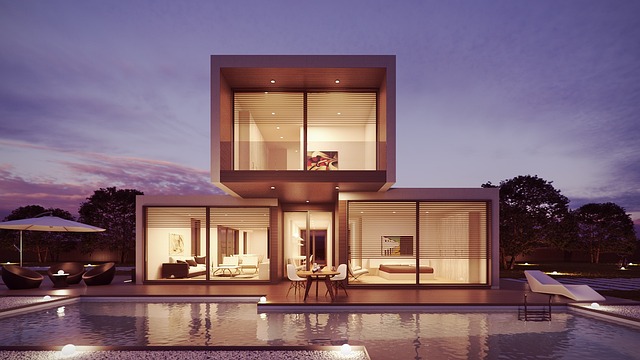
Older homes deserve modern security that preserves their historical character. Retrofit security sol…….
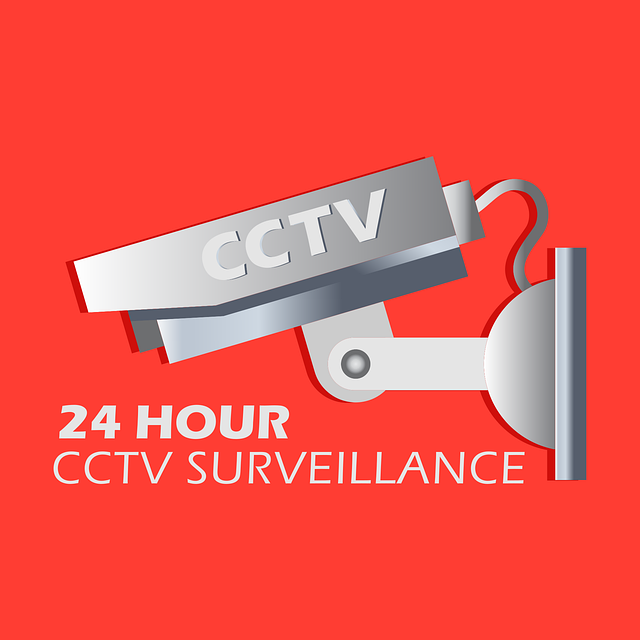
Securing older homes while preserving their historical integrity involves strategic retrofitting of…….
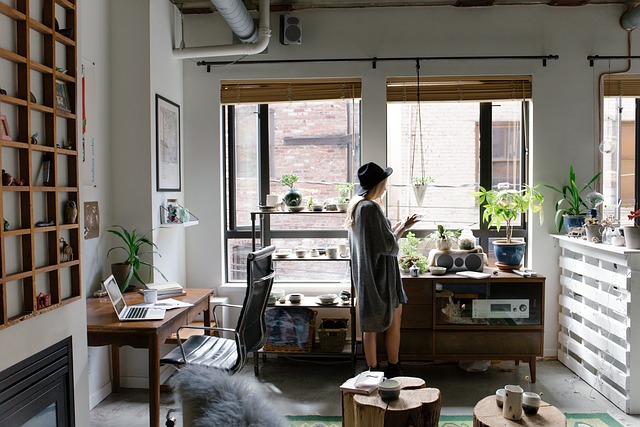
Securing historic homes without compromising their charm is a specialized field called retrofit home…….

Vintage properties demand a delicate balance between preserving historical integrity and implementin…….
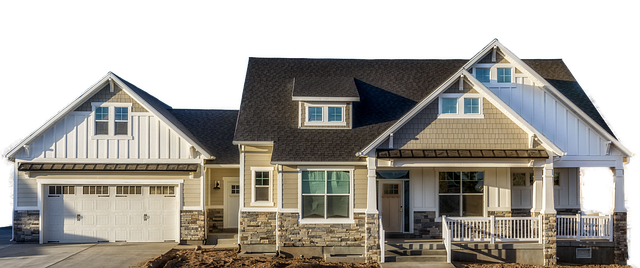
Securing older homes and historic buildings requires retrofitting modern security technology while p…….
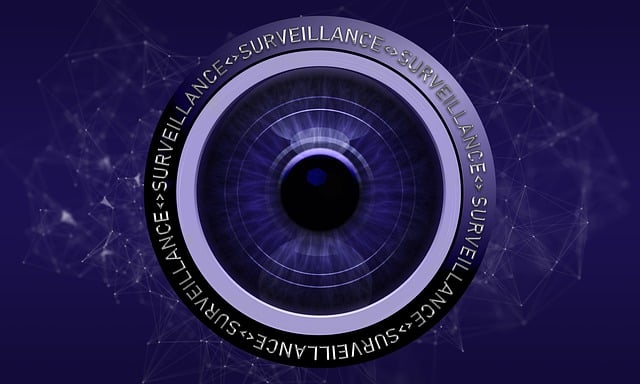
Integrating modern security technology into historic homes requires a balanced approach that respect…….
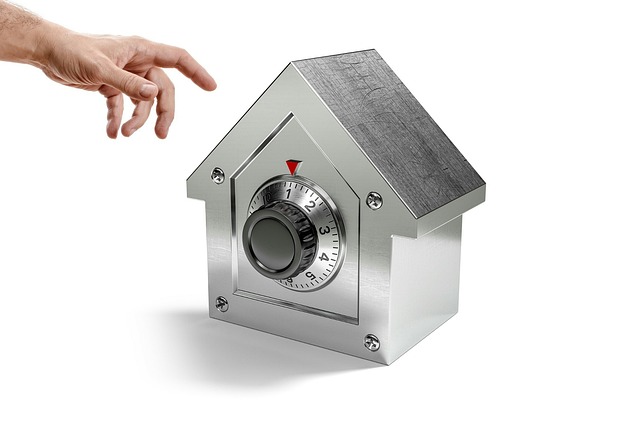
Assessing and addressing risks in historic homes is crucial for structural integrity and occupant sa…….

Protecting historic homes while preserving their unique character requires a thoughtful blend of tra…….
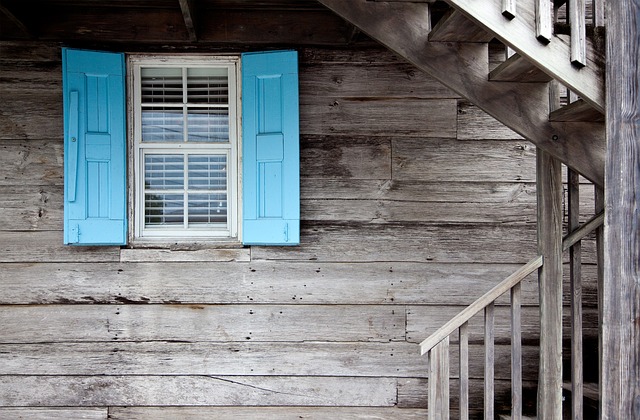
Older homes can benefit from upgrading their vintage security systems to modern standards while pres…….
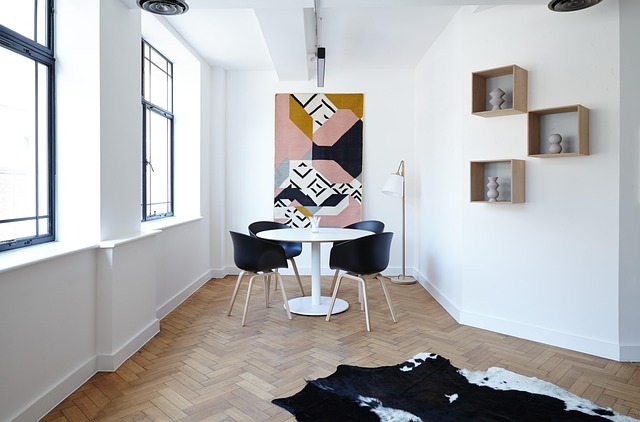
Securing older homes involves a delicate balance between preserving historical charm and implementin…….